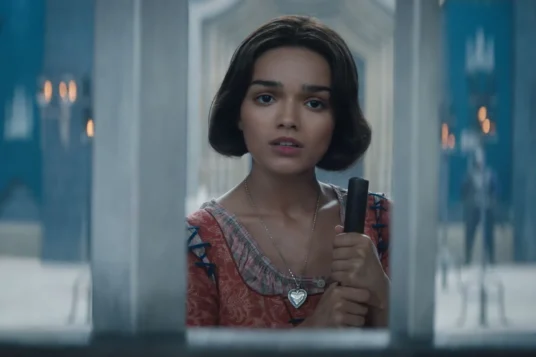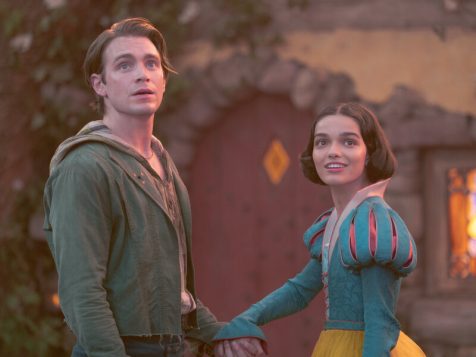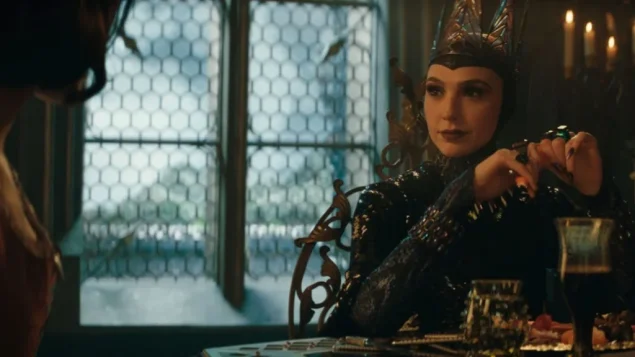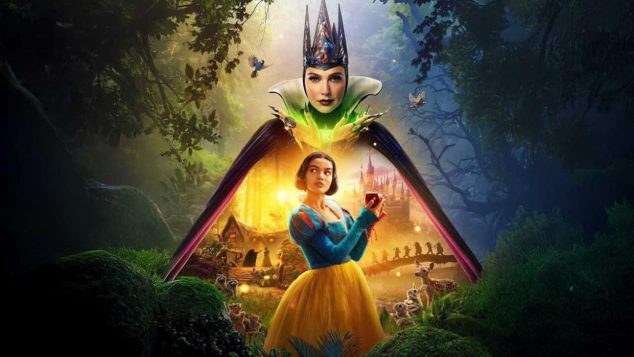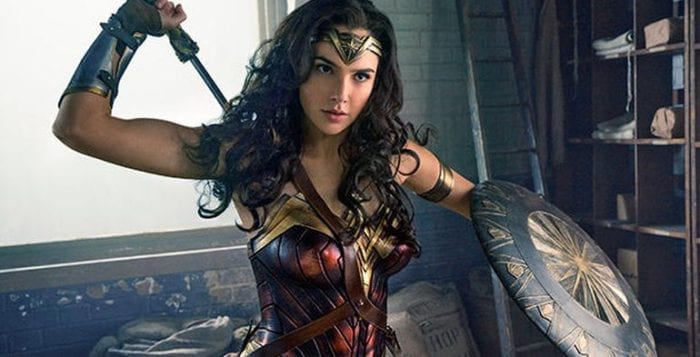Reviewed by Jeffrey Sanzel
Disney’s Snow White arrives in theaters on a wave of bad publicity. The casting of a non-traditional Snow White and that actor’s criticism of the original animated version, the approach to the seven diminutive cohorts, and the friction between its two stars have caused the House of Mouse to take a cautious approach to the live-action release.
The 1937 feature was part of Disney’s Golden Age of Animation. While a progressive sensibility can find fault with its outdated views, it remains unmatched for pure art and craft. Over the years, dozens of Snow Whites have graced the big and small screens. Beginning with the 1902 silent, adaptations include Mirror, Mirror; Snow White and the Huntsman; Snow White: A Tale of Terror; and Snow White and the Three Stooges.
Putting this aside, Disney’s Snow White is a by-the-numbers remake with some modern additions. The plot connects the usual dots. Snow White’s mother dies, and her father, the king, remarries a beautiful but vain woman. The sorceress queen’s magic mirror informs her she is no longer “the fairest of them all”—that honor now bestowed on her stepdaughter, Snow White.
Enraged, the queen orders her huntsman to take the princess into the forest, kill her, and bring back the girl’s heart. The huntsman takes pity on the girl and lets her escape. Snow White seeks refuge in the cottage of seven dwarfs. When the queen discovers the girl is still alive, she turns herself into a crone, giving her a poisoned apple. Snow White eats the apple and “falls dead.” True love’s kiss—in the form of a prince—wakes her from her death-like slumber, and they live happily ever after.
The new Snow White follows the essentials with a few variations. Snow White is named for the snowstorm during which she was born. The king disappeared, but no proof of death added to Snow White’s quest. The young woman displays a strong independent streak and speaks up for the mistreated citizens. The biggest departure is the absence of a prince. In his place is the generic “guy,” Jonathan, and his seven out-of-work actors. Snow White and the low-rent Robin Hood “meet cute” when she catches him stealing potatoes from the royal kitchen. While she lets him go, he is arrested and tied to the palace’s front gate. She sets him free. Later, they meet in the forest and reconnect.
None of the changes are terribly original. While nodding towards political correctness, they could have enhanced this Snow White had they been well-handled. However, they are not, and they do not. The leaden film’s muted and desaturated colors create a joyless landscape. The production is oddly cheap, with costumes evoking dollar-store cosplay. (The exception is the queen’s wardrobe.) The new songs—by Benj Pasek, Justin Paul, and Jack Feldman—barely register. From the lifeless and oddly brief opening number, “Good Things Grow,” and Snow White’s generic I Want song, “Waiting on a Wish,” to the queen’s bizarrely wrong-headed “All is Fair,” not one is memorable. The incongruous “Princess Problems” might be a Meet Me in St. Louis cast-off.
Rachel Zegler (wonderful in West Side Story) is a fine, charming Snow White, understanding the decisive, strong character. She moves with elegant determination and sings with heart and purpose. She just deserved a better script and a modicum of direction.
Gal Gadot is the most wooden villain on record (including the talking trees in The Wizard of Oz). Her stiff line readings compete with the worst community theatre divas. She looks great; unfortunately, she speaks as though she learned her lines phonetically.
Andrew Burnap is saddled with Jonathan, a hero so dull that he seems like he is going to fall asleep mid-sentence. (The vibe is a fast-food counter worker on his third consecutive shift.) A distinct lack of chemistry separates Zegler and Burnap; whether this is an absence of spark between the actors or the failure of the screenplay is hard to judge.
The always reliable Patrick Page voices the Magic Mirror and ably channels the 1937 film. Ansu Kabia’s huntsman barely receives two dimensions. One suspects with the right opportunity, he could have made more of the role. The entire cast appears under-rehearsed as if the cameras rolled days before they found any comfort with the material. Snow White is indifferent Renaissance Faire meets second-rate theme park.
And then there are the dwarfs. (Oh, those dwarfs.) Regardless of the public relations problems, this choice was not the solution. The seven CGI-ed figures attempt to capture the charm of their animated counterparts. They do not—not even a little. Living in a Thomas Kinkade-inspired cottage, their images are simultaneously generic and disturbingly hideous. (The equally CGI-ed forest creatures are a little better, in their kinda weird-kinda cute way.)
Disney misfired, trying to please everyone by twisting itself into a knot of contemporary sensitivity. With lackluster design, an underwritten but overthought screenplay, and an insignificant score, this Disney canon entry will be remembered for its muddled controversies rather than its less-than-bland enchantment. In the end, Snow White is not so much about staying woke but staying awake.
Rated PG, the film is now playing in local theaters.


